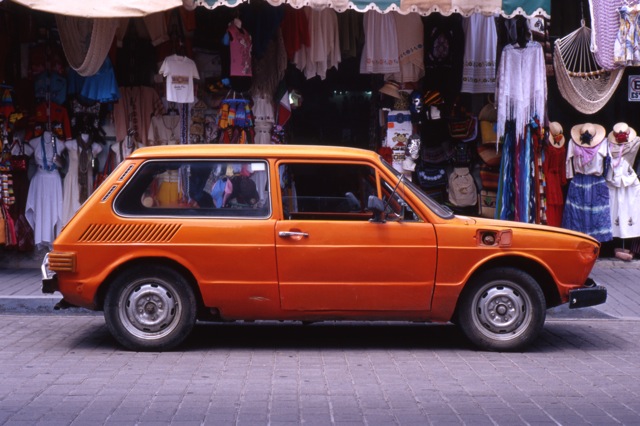Superdan138
Established
I have lots of negatives taken from my Leica M6...and want them to be on the computer....how do I get a super high quality scan of them so they look like a nice picture on here....maybe high enough quality to be sold via a website? thanks....
-Daniel
-Daniel








